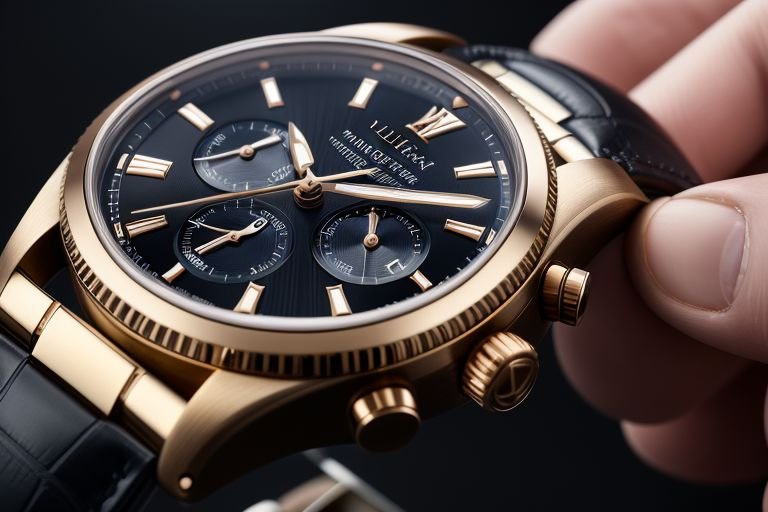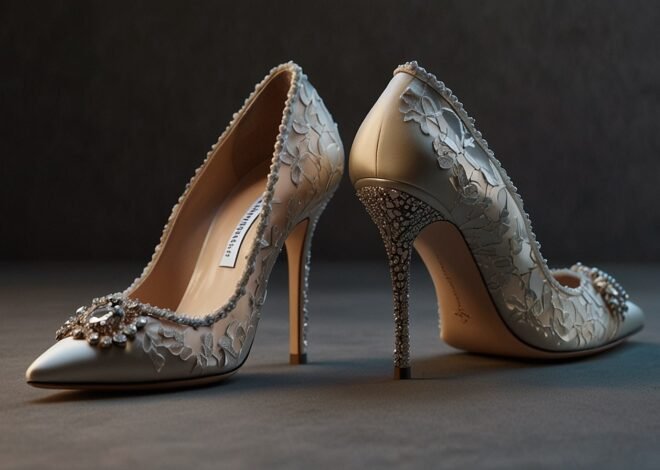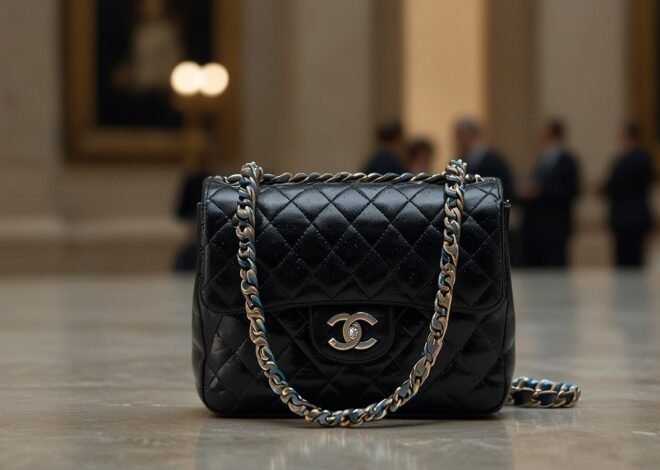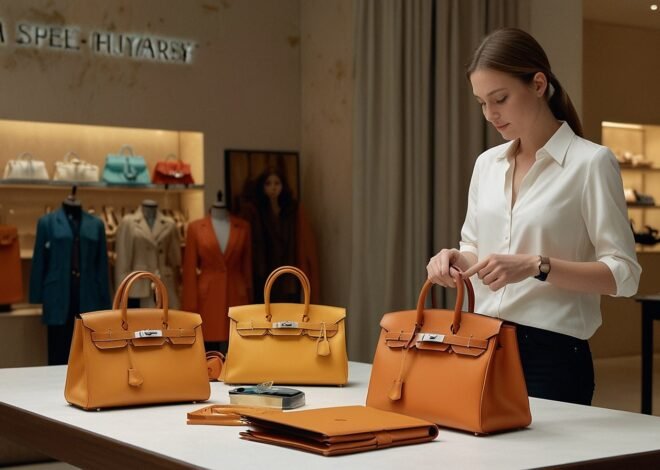
Demand for Vintage, Limited-Edition Watches Rises
The industry of luxury watches is now in a renaissance, collectors and fans of the brands are now pushing the demand for collecting watches that are rare and classic. This trend has manifested through record bidding prices and people waiting for years to get their hands on a classy timepiece from authorized dealers in the week’s luxury watch market.
Market sales data at auction houses Christie’s and Sotheby’s indicates that there has been a 35% rise in luxury watch sales this year and more so, the vintage pieces of Patek Philippe, Rolex, and Audemars Piguet brands. A known only to a few 2499 was sold for $7 million back in the Fifties but is currently much pricier. 8 million at auction, which Testore emphasized showed that there is great demand for historical clocks and watches.
Rose has highlighted several reasons for this rise from experts within the industry: Among them is the recent rise in people’s antiquest for luxury materials for instance hand made products, and the fact that luxury watches is more of an income generating business whereby investors get to recover their money after sometime of purchase.
‘I believe there is a new breed of collectors out there who are more interested in why such watches were made,’ said Jonathan Miller, Christie’s head of watches. ‘They are not merely purchasing an order; they are actually consuming horological history. ‘
This trend has however not eluded the notice of luxury watch makers who are now matching this variation with a flavour of even older styles and very limited series. Omega is not daunted the other models such as the Speedmaster “Dot over Ninety”was recently replicated and limited in production only to 1,957 copies and bought out within hours of release. In the same manner, the re-release of the Tank Cintrée model in Cartier’s boutique was available in a limited edition of 150 pieces leading to rising demand and long queues at the boutiques all around the globe.
Thanks to this policy of scarcity and limited editions, the sphere of luxury watches is gradually evolving into the two-tier segment where some models are winked at from the price of their retail counterparts. For instance, the current market price of the Rolex Daytona and the Patek Philippe Nautilus could easily be triple the normal retail price of those watches since they are hard to find in the markets.
However, this has also brought in issue of market manipulation as well as availability of these gadgets to real enthusiasts. A number of brands are coming up with measures that will guarantee that their watches are worn by genuine collectors and not chameleons who are just in it to make a quick buck. Companies such as Audemars Piguet have developed added digital methods of authentication and ownership that can help decrease grey market distribution of their products.
Outside this, the demand for the classics and the Rise of the limited edition pieces has also compelled collectors to pay a lot of attention to the authenticity of the piece and its condition.
Many millions of dollars are invested in these wrist masters, so the collectors are exhausting the services of professional appraisers and adopting sophisticated technologies for the determination of the genuineness and uniqueness of such luxury watches. These have created sub industry of fake watches identification services and niche insurance solutions for expensive collections.
Thus, the problem of luxury goods is gradually unfolding in front of the world of watches and brands: the fewer of them are produced, the more people are willing to pay for them and the more they are demanded; but the question is how you can produce more, but at the same time make yourself unique? Although limited edition or vintage inspired products are the ones that create interest and sales, there is still a core base that needs to be satisfied in the long run.
The current trends in the market for luxury watches are in line with the current trends of the market for luxury goods where people are now shifting towards hand crafted and branded products rather than over manufactured luxury products. As this trend proceeds, it could affect the business plans of luxury watches in the years to come and would impact the organizations’ scrutinized functions such as product development and marketing and distribution strategies.
But for collectors here as well as enthusiasts, the current market provides both threats and threats at the same time. As there is the possibility to earn a lot for the simple appreciation of fine timepieces, the rare and vintage models are becoming more expensive to attain.
While observing these dynamics, it is unclear how the luxury watch brands will meet the requirements of exclusivity and the necessity to appeal to as many customer as possible.


